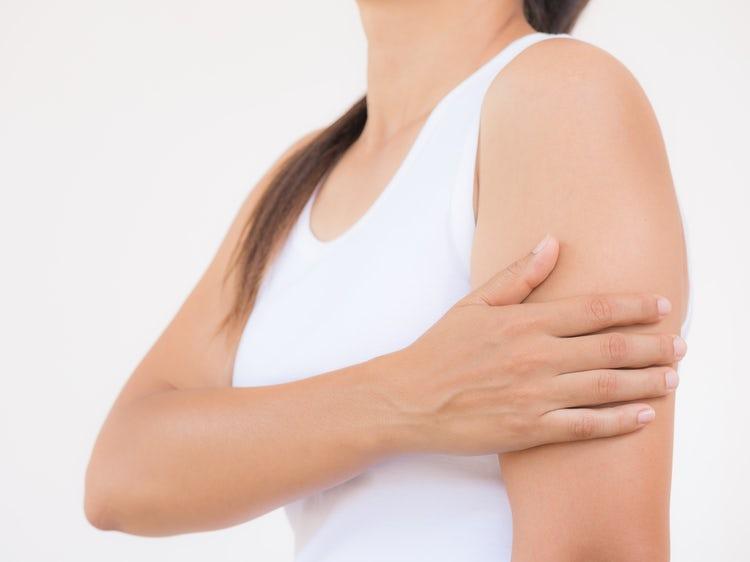

Keratosis pilaris is a common and harmless skin disorder with the name ’goose (chicken) skin disease cilt. In the hair follicle located in the skin, keratinocyte, which protects the skin from external effects, is formed by the accumulation and clogging of the dead cells and gives the skin a feeling of sanding. It is usually seen on the outer side of the upper arms, on the buttocks, and very rarely on the hips, as small red blisters. Although it may be itchy occasionally, it is more cosmetic. The possibility of keratosis pilaris in dry skin is higher. When there is less moisture in the air, it is often aggravated during the winter months and complaints are reduced in summer. It is more frequent in people with atopic dermatitis. It is a structural table, but sometimes it can be an indication of allergic skin. It cannot be treated or prevented. However, moisturizers and prescription creams can be slightly beneficial to help improve skin appearance. In the summer, with the sun lighter, in the winter again becomes apparent.
By keeping the skin moist, its effects can be reduced. Also; Short-term showering with warm water and shower products with moisturizing during the shower also reduce complaints. Alpha-hydroxy acid, lactic acid, salicylic acid or urea-containing creams that cleans the dead cells accumulated in the skin should be applied to the affected area twice a day. Such creams moisturize dry skin and open clogged channels. In addition, the creams obtained from vitamin A increase the cell cycle and open the clogged hair channels. The contents of these creams may cause skin redness, stinging or irritation, so care should be taken in small children.
When should I see a doctor?
Keratosis pilaris treatment is usually not necessary. However, you can consult a dermatologist if you are concerned about the appearance of your child or your own skin.